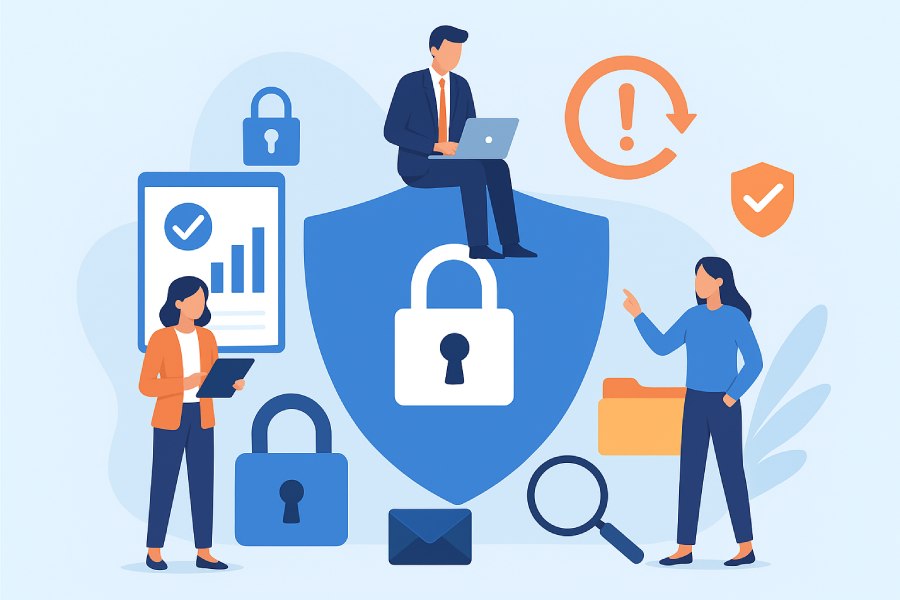DMARCReport Breaks Down the 6 Most Critical Data Loss Prevention Strategies
In today’s digital-first world, data isn’t just an asset — it’s the foundation of business value, reputation, and trust. Unfortunately, data loss isn’t a hypothetical concern; for many companies, it’s a serious risk that can mean the difference between thriving and disaster. According to industry estimates, the average worldwide cost of a major data loss event can run into millions of dollars.
At DMARCReport, we believe protecting that data requires more than occasional vigilance — it demands a comprehensive, always-on approach. Below, we outline six foundational strategies to build a robust Data Loss Prevention (DLP) posture that adapts as your organization grows and evolves.
1. Design a Thorough DLP Strategy Before Anything Else
The backbone of any meaningful data-protection effort is a well-thought-out DLP strategy. Without that, even the best tools or policies can end up as superficial stop-gaps.
Start by assessing your data landscape. What kinds of data do you handle (personal identifiers, financial records, internal reports, intellectual property, etc.)? How critical is each dataset for your operations? Who needs access, and when?
Once you’ve mapped out what you have and how it flows, define clear policies: where should data reside, who can access it, under what conditions, and for how long. This also helps you plan for contingencies — scenarios like a breach, unauthorized export, inadvertent leak, or misconfiguration.
Your DLP strategy should also reflect organizational priorities: For example, what data absolutely cannot leave the premises or be shared externally? What data can be archived securely? Which data requires the highest level of scrutiny or encryption?
Having this foundation in place gives structure to all subsequent protection measures — because you can’t secure data effectively if you don’t know what matters most.
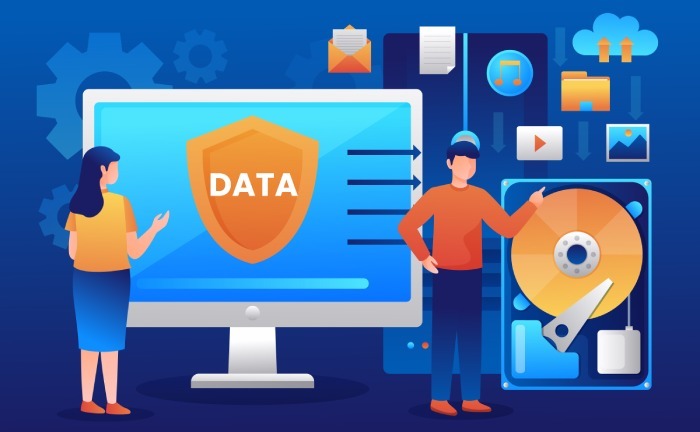
2. Identify & Classify Your Sensitive Data — Know What You’re Protecting
Not all data are created equal. Some may be trivial or ephemeral, while others are vital, sensitive, or regulated. Effective DLP begins with a clear understanding of what data exists, where it lives, and how sensitive or critical it is.
Accordingly, perform a data inventory and classification process. Categorize data into meaningful buckets: e.g., personally identifiable information (PII), financial records, proprietary intellectual property, public/general content, etc. ✦ This classification helps prioritize protection efforts based on the data’s importance and risk.
Once classified, treat high-sensitivity data with extra care. Limit where it can be stored; apply tighter access controls; ensure stronger encryption; and restrict sharing or external distribution.
Similarly, track data flows — especially when sharing with vendors, partners, or third-party platforms. Over time, you’ll develop a clear picture of where the “crown-jewel” data resides, how it moves, and who interacts with it. That clarity is crucial during audits, compliance checks, or investigations.
Finally, ensure frequent backups of the most critical segments. In the event of a breach or data loss, quick recovery — especially of sensitive data — can mean the difference between a manageable incident and a full-blown crisis.
3. Avoid Collecting Data That Doesn’t Serve a Purpose
In the age of big data and automation, it’s tempting to collect everything, just in case. But this indiscriminate data accumulation often works against data security.
More data means a broader attack surface, more storage overhead, more complexity — and greater risk. When you store unnecessary data, you increase the burden on your protection systems, stretch encryption and backup resources, and complicate audits.
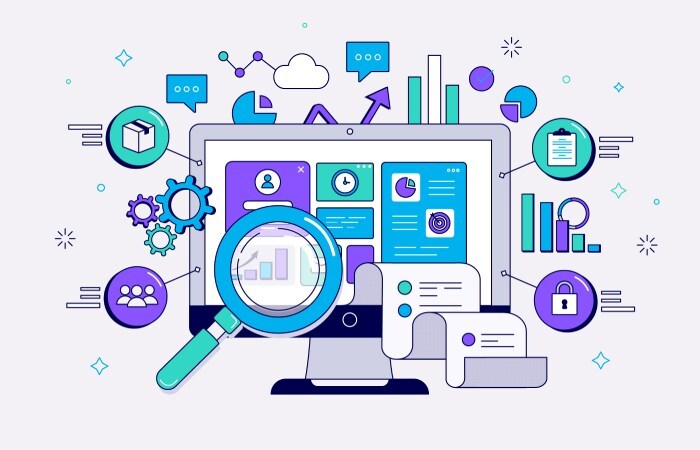
Thus, adopt a principle of minimal data collection. Only gather and store data that directly serves your business needs. Before adding new data sources, ask: Do we really need this? What value does it add, and what risk does it introduce?
Set clear data collection policies at the organizational level. Combine them with periodic reviews to ensure that legacy data — especially unused or obsolete — is archived or securely purged. This way, you’re keeping your data footprint lean, reducing risk, and making your protection measures more effective.
And — from a compliance and privacy standpoint — this aligns with global best practices: minimizing data collection helps ensure transparency, reduce liability, and make compliance simpler.
4. Enforce Strong Access Management and Privilege Controls
Even the best data classification and encryption policies are useless if unauthorized users can still get in. That’s why access management is a cornerstone of effective DLP.
Adopt the principle of least privilege. That means each user, system, or service should have only the minimum permissions needed to perform their tasks — no more, no less. Implement role-based access control (RBAC) to manage permissions systematically, not manually.
Where appropriate, combine RBAC with multi-factor authentication (MFA). MFA adds an extra lock on top of passwords — requiring a second verification (like a mobile code or hardware token) — making unauthorized access significantly harder.
Additionally, make sure your patch management is rigorous and up-to-date. Outdated software — whether an operating system, application, or even security tool — can introduce vulnerabilities that compromise even a carefully thought-out DLP strategy. Regularly update all endpoints, servers, and tools.

Finally, integrate onboarding and offboarding procedures tightly with access management. When employees join, give them only necessary permissions. When they leave, revoke access immediately. This minimizes insider risk — intentional or accidental — and helps maintain a secure environment.
5. Use Behavioral/Anomaly Detection to Spot Suspicious Activity Early
Traditional security models often rely on predefined rules or signatures. But data loss — especially insider threats or sophisticated external attacks — doesn’t always operate by known patterns. That’s where anomaly detection and behavioral analytics come into play.
By combining statistical analysis, correlation rules, and machine learning, you can build systems that learn what “normal” behavior looks like — access patterns, data transfer volumes, login times, frequency of operations — and flag deviations.
For example: a user downloading an unusually large volume of sensitive files late at night, or exporting data to an unapproved external cloud storage — these could be red flags signalling data exfiltration or a breach in progress.
Once the system detects anomalies, it can trigger alerts or automated actions: block transfers, require additional verification, or notify security personnel. This proactive layer significantly increases your chances of catching data leaks before damage occurs.
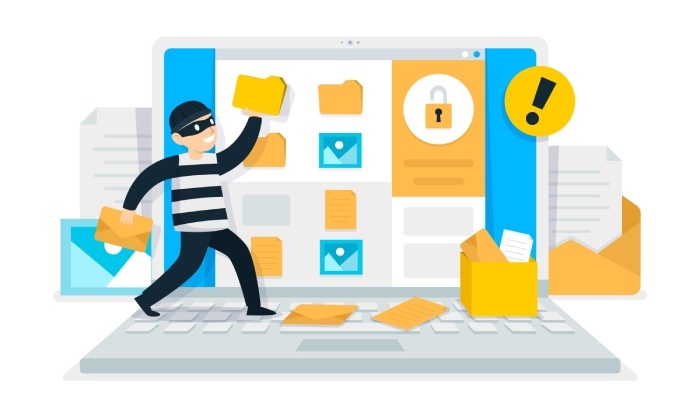
In modern DLP frameworks, anomaly detection isn’t optional — it’s essential. It helps close the gaps that static policies or manual audits leave behind, especially in dynamic, cloud-enabled, and remote work environments.
6. Educate Your Workforce — Because People Are the Weakest Link
For many organizations, the biggest vulnerabilities don’t come from external hackers — they come from internal missteps: misconfigured settings, accidental data sharing, lost devices, misunderstood policies.
No matter how advanced your DLP technology is, if your staff don’t understand the stakes, mistakes will happen. That’s why employee training and awareness are fundamental.
Regularly conduct training sessions — via seminars, online modules, email campaigns — to teach employees about data security best practices: what constitutes sensitive data; how to share it (or not); how to handle attachments and external services; when to raise red flags.
Beyond just theory, it helps to run simulated drills or role-play exercises. Practice “what-if” scenarios: data breach attempts, accidental data leak, unauthorized share, compromised credentials. This helps teams internalize the policies and ensures that, in a real incident, they know how to respond.
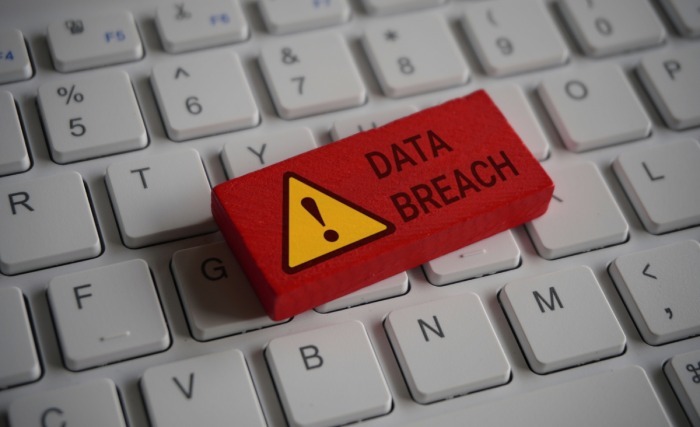
And finally, make education ongoing. Data environments evolve — so should awareness. Hold quarterly refresher sessions or policy reviews. Keep teams informed about new threats, updated policies, or emerging best practices.
Because at the end of the day, even the best DLP tools can be undermined by a simple mistake or misunderstanding.
Bringing It All Together — Building a Unified, Effective DLP Program
A strong DLP strategy isn’t about a single silver bullet. It’s the result of combining policy, people, processes, and technology into a unified, living program.
- You begin by identifying what matters — inventorying data, classifying it, and marking which assets must be protected.
- You minimize risk exposure by avoiding unnecessary data collection and limiting data footprint.
- You control who can access that data — through access management, least privilege, MFA, and strict onboarding/offboarding.
- You monitor how data behaves — using anomaly detection, behavioral analytics, and real-time monitoring.
- And you strengthen your human firewall — by educating employees, simulating real-world scenarios, and keeping awareness ongoing.
When these elements work together, they reinforce each other. Classification helps you focus protection where it matters. Access controls limit who can reach data. Monitoring catches suspicious behaviour. Employee awareness reduces accidental leaks. And a solid overarching strategy ensures everything remains coherent, aligned with business needs, and auditable.
Why This Matters — The Real Costs of Ignoring DLP
Data loss isn’t just about lost files. It’s about broken trust, damaged reputation, compliance failures, financial harm, missed business opportunities.
Without structured DLP controls, even a single mishap — misconfigured email, stolen credentials, accidental sharing — can expose sensitive data. That can lead to regulatory penalties, loss of client trust, intellectual property leaks, or irreparable brand damage.

Moreover, in today’s regulatory climate — with privacy laws, data-protection regulations, compliance audits — organizations can’t afford to treat data security as an afterthought. DLP isn’t just a nice-to-have; it’s a business imperative.
Final Thoughts from DMARCReport
At DMARCReport, our mission isn’t simply to protect data — it’s to help organizations build resilience. A mature DLP program doesn’t just defend against known threats, it adapts, evolves, and strengthens over time.
By combining careful data classification, minimal collection, strict access controls, anomaly detection, and continuous employee education — all guided by a cohesive DLP strategy — organizations can transform data protection from a one-time effort into an ongoing culture.
If you want to get started, begin with a data audit and classification exercise. Then define your DLP policy framework. From there, layer in access control tools, anomaly detection software, and a training program, and implement DMARC and DKIM to safeguard email channels.
In a world where data is power — and exposure is risk — protecting what you own isn’t optional. It’s essential.

